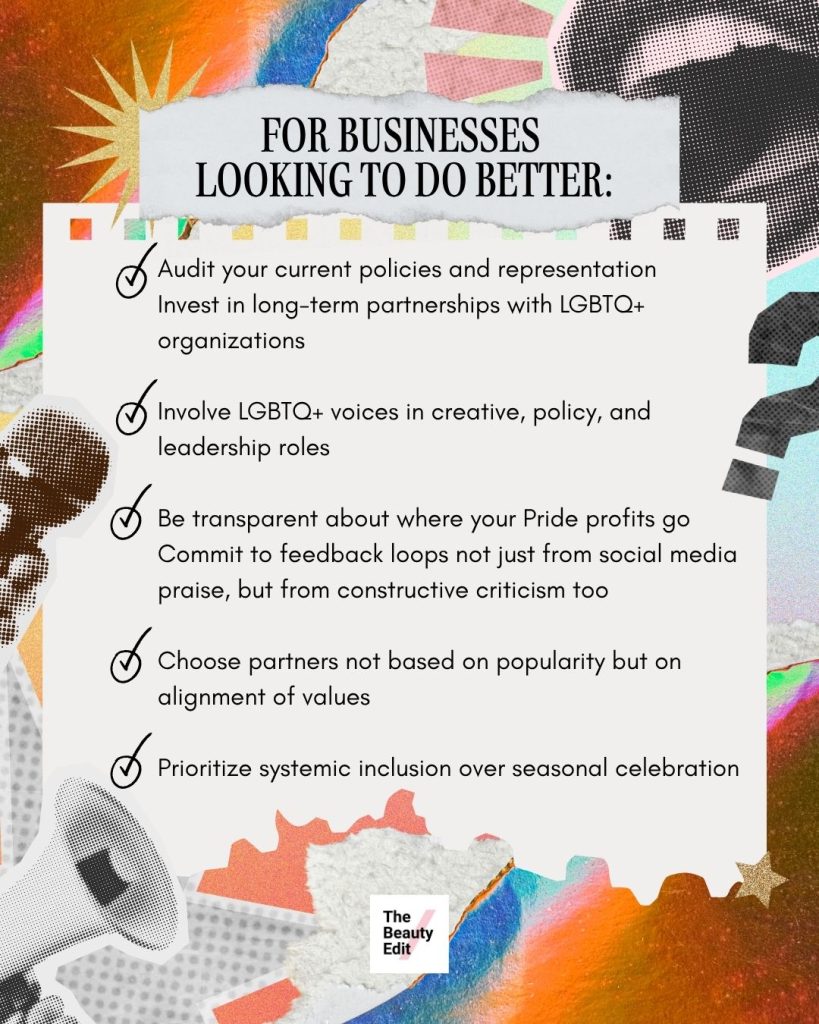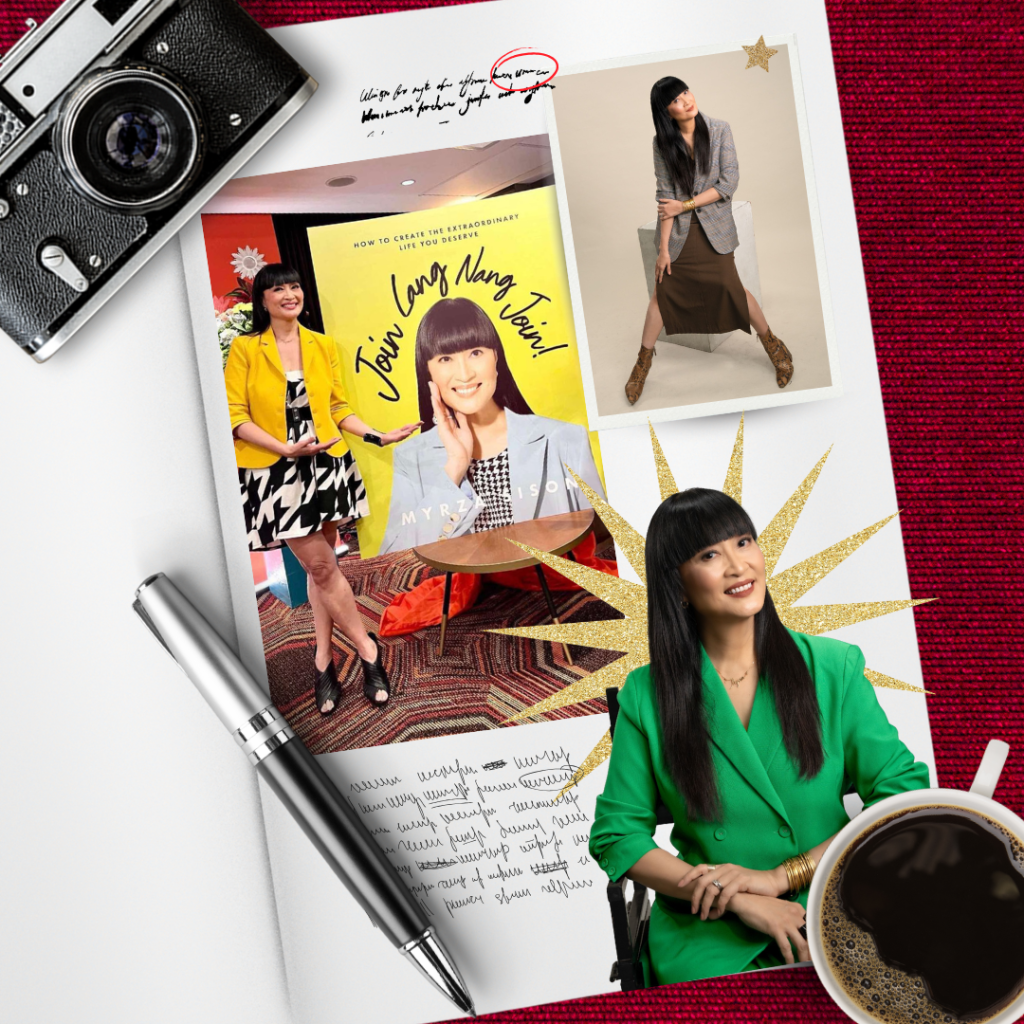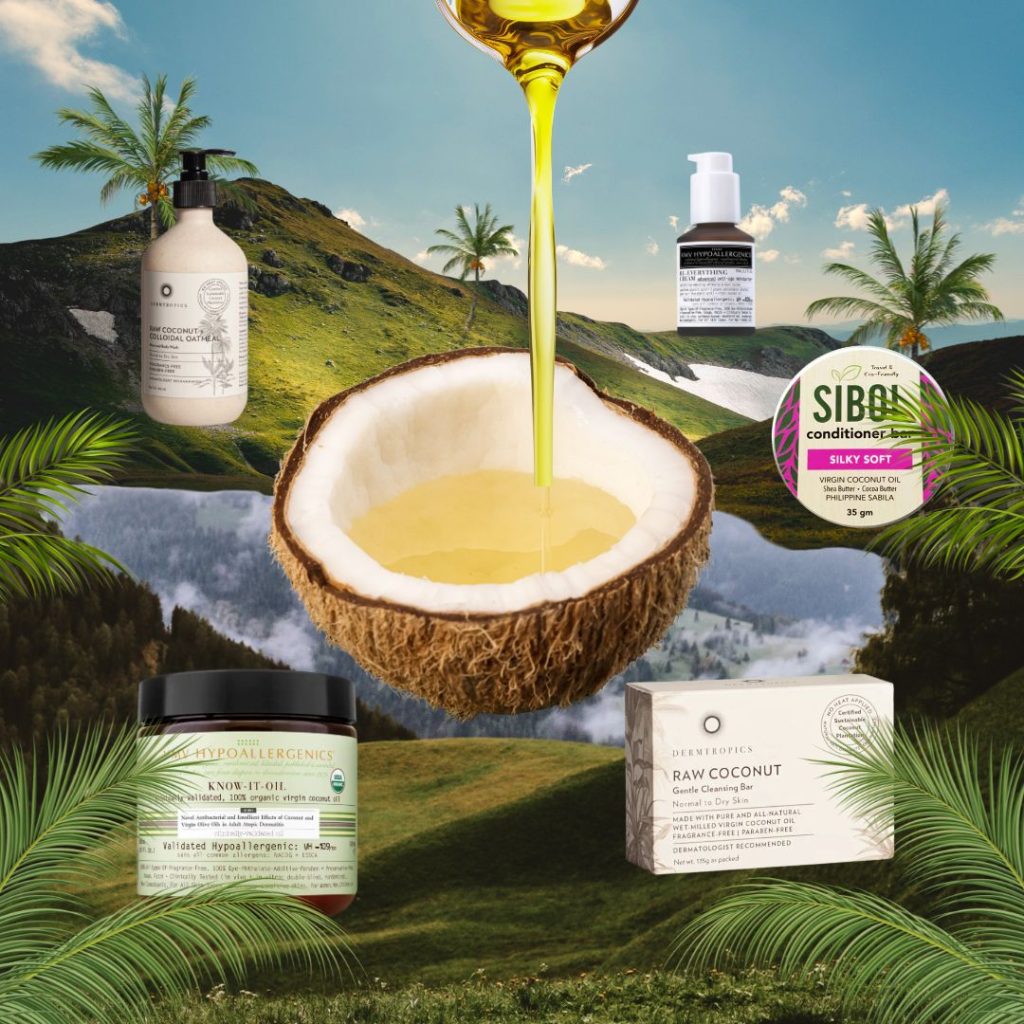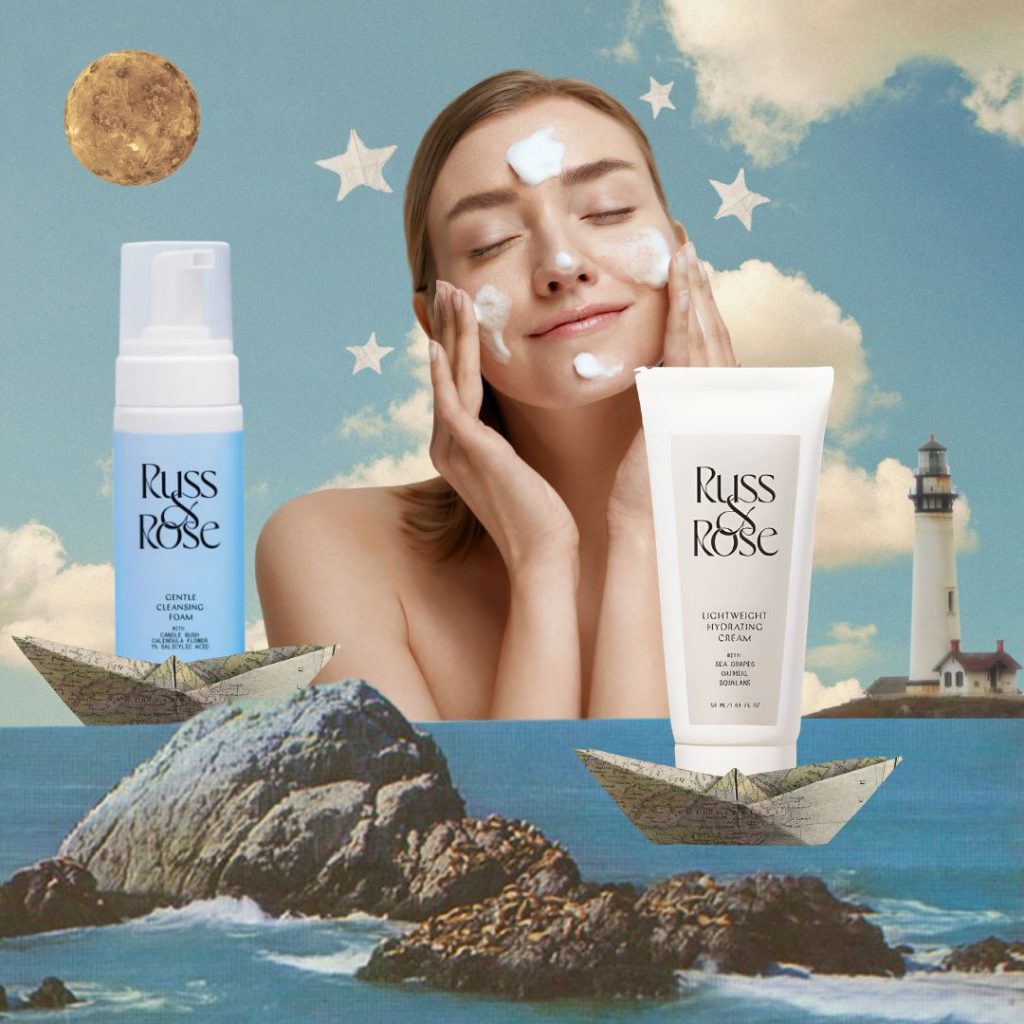We’re going to hold your hand as we say this: Pride is not a campaign. It’s a protest. While global history traces its roots to the 1969 Stonewall Riots, Pride in the Philippines only began in ‘92 and ‘94—first, when the Lesbian Collective participated in the International Women’s March in 1992, and later, in 1994, when the first official Pride March officially happened.
It’s been 33 years, and between then and now, Pride has evolved into a month where both algorithms and retail shelves are flooded with rainbows. The march itself is now an affair attended by hundreds of thousands of queer people and allies. But, the question begs to be asked: Where are we at in terms of actual, authentic support during Pride Month?
The Beauty Edit asks three queer leaders to unpack with us what rainbow-washing is and what meaningful allyship actually looks like.
Pride For Clout
Rainbows are great and all, but not when it doesn’t actually mean anything. “Rainbow-washing” is a term used to describe when brands perform support for the LGBTQ+ (Lesbian, Gay, Bisexual, Transgender, and Queer+) community through aesthetic gestures—usually in June—without backing it up with meaningful action. Think: rainbow-colored products, social media shoutouts, or Pride-themed events, but with no inclusive internal policies or real advocacy work to support queer people.
When asked about how this manifests during June, Chris Eugenio, a Leadership Development and Employee Experience Consultant and former Board Advisor of the Philippine Financial and Inter-Industry Pride organization cites several examples: “Surface-level branding with no substance. Celebrating externally while ignoring internal issues. Treating Pride as a one-time event. And perhaps most damaging—partnering with or funding groups that oppose LGBTQ+ rights.”
Tokenism just doesn’t fly anymore in an era of digital transparency and values-based purchasing. Queer communities and their allies are calling out the gap between rainbow-splashed marketing and real-world impact.
Consumers are taking notice, too. Tokenism just doesn’t fly anymore in an era of digital transparency and values-based purchasing. Queer communities and their allies are calling out the gap between rainbow-splashed marketing and real-world impact.
When we ask Roanne Carreon, co-founder and president of Queer Safe Spaces, what authentic support feels like to her, she shares, “It feels steady and not performative. It’s in how space is given to those often dismissed and left out. It’s when a brand doesn’t just feature queer people but protects them, nurtures them, and stands by them when it matters. You see it in internal policies, in leadership, in opportunities, in who gets a seat at the table, and who stays safe when speaking up.”
What Real Allyship Looks Like, Internally
“Always on” is a term used in the workplace of Lui Castañeda, Unilever’s Social and PR Lead for Beauty and Wellbeing. For Castañeda, a trans woman in a position of power, meaningful support isn’t seasonal—it starts from within. True allyship, she believes, is a constant effort, practiced year-round by companies that build it into their structure, not just their strategy.
“Consistency matters more than symbolism,” Eugenio adds. “Back up values with everyday action—clear policies, active leadership, and year-round community support. Include LGBTQ+ voices in decisions, not just in campaigns.”
This means you can start with something as simple as inclusive anti-discrimination and benefits policies for employees, or establishing resource groups led by LGBTQ+ staff. It also includes meaningful representation in leadership, equity in promotions, and—perhaps most importantly—consistent SOGIESC (Sexual Orientation, Gender Identity, Gender Expression, and Sex Characteristics) training. Creating safe spaces and inviting everyone, both queer people and allies, to nurture that environment is a great start.
Carreon emphasizes that who you collaborate with matters, too. “We pay attention to values that translate into action… those who are willing to learn, to unlearn, to be corrected, and to change what needs to be changed. That’s the kind of partnership that protects our community.”
In the corporate space, Castañeda shares, “Even our leaders make mindful and conscious decisions to ensure our team is well-represented with different profiles and backgrounds. It also doesn’t have to be a big splash marketing gimmick. Inclusive internal policies and a diverse employee and supplier network are just as important—maybe even more.”
Who’s Getting It Right And Who Isn’t
Outwardly, what does this look like? There are brands that you often see produce LGBTQ-centered campaigns, but which ones make a real impact?
When Castañeda mentions “Always on,” it also means: “We don’t see working with LGBTQ as just tentpole moments. We see LGBTQ or any underrepresented group as everyday partners”
Take Cream Silk’s Pride campaign, Cream Silk Queens, which featured drag performers front and center. It challenged narrow ideas of beauty and put queer creatives in positions of visibility and power.
Then there’s Vaseline Thailand’s Transition Body Lotion. Co-created with the trans community over two years, it addressed the real skin needs of trans women post-transition, which is an often ignored demographic in beauty. The launch was backed by clinical research, featured artwork by a trans illustrator, and incorporated input from trans voices at every stage.
Other brands have taken strides to work behind the scenes. Some companies are investing in LGBTQ+ entrepreneurship, partnering with queer-owned suppliers, or offering mentorship and funding for queer creators and small businesses. These efforts rarely make the headlines, but they speak volumes in terms of impact. Some vocal queer creators have also spoken about vetting their partnerships during Pride month to ask the right questions before signing on a deal: How are you supporting us outside of Pride? What have you already done for the community?
On the other side of the spectrum are brands that slap a rainbow logo on any random product that’s completely unrelated to the cause, all while maintaining policies that exclude actual LGBTQ+. In the content creator space, some are offered Pride campaigns that ask them to promote rainbow-themed merchandise, yet restrict them from speaking on any political issues.
Castañeda recalls one particularly troubling example: “Worst from memory—‘yung retail giant na mag-Pride comms, pero bawal pala sa women’s dressing room at banyo ’yung transwoman (a retail giant that planned Pride communications, but didn’t allow trans women into their women’s dressing rooms and restrooms).”
That kind of cognitive dissonance doesn’t go unnoticed—and it doesn’t go uncalled out.
Tokenism vs. Representation
Visibility is valuable, but how do we see this in action? “When LGBTQ+ talents are in leadership roles, their perspectives naturally guide company culture,” Eugenio shares. “They can lead ERGs (employee resource groups), work with HR on anti-discrimination efforts, and shape inclusive practices.”
For Castañeda, it’s about aligning representation with lived experiences. “Since our brands are used and loved by so many Filipino households, we always challenge ourselves to represent as many Filipino identities as possible,” he says. “Even drag performers who need to maintain their human hair wigs—we want our products to serve them too.”
Representation isn’t just about optics, it’s using your power and leverage as a brand to shift the conversation within cultures. It’s the difference between hiring a queer person as a model and involving them as a strategist, producer, or creative lead. One is decorative; the other is transformative.
How to Measure Impact
Of course, you can’t manage what you don’t measure. Drawing from their corporate experience, both Castañeda and Eugenio emphasize the value of real metrics. “Look at both the data and the stories,” Eugenio advises. “Use engagement surveys to check if LGBTQ+ employees feel safe, heard, and respected. Track ERG participation and compare promotion rates.”
At Unilever, Castañeda says, “We have monthly sentiment scans, and we track buzz and meaningful engagement weekly.”
A keyword to note here as well is meaningful. Engagement not just in quantity but quality, and in actually listening to what you hear and see from your data. Castañeda adds, “Nowadays, it’s much easier to navigate and have a discussion with the brands we follow. We read through comments!”
A flashy campaign may earn a like, but sustained trust comes from accountability and willingness to adapt.
“Real allyship is being present all throughout the year. Then it eventually becomes your brand’s character.”
—Lui Castañeda
How Should Brands Move Forward?
“Don’t wait for Pride Month,” Castañeda says. “Real allyship is being present all throughout the year. Then it eventually becomes your brand’s character.” The hard work comes in how you keep it going for the rest of the year, especially since efforts will not be as “visible,” but that’s where real allyship begins. And Eugenio agrees: “Let LGBTQ+ employees lead Pride efforts. Prioritize safety, respect, and long-term investment.”
And for individuals? “Keep learning. Speak out when it counts. Support queer businesses and creators. Show up beyond Pride because it’s the everyday actions that build trust,” Eugenio says.
Pride Is Not a Campaign
Pride wasn’t born out of product launches or PR strategies—it began as a protest. The businesses and institutions that aren’t afraid to integrate allyship into their everyday practices—their structure, their culture—are the ones building something that lasts. The ones who listen, hire, include, and commit.
As another Pride Month comes to a close, the real question isn’t how loudly your brand was celebrated in June, but how consistently you continue to show up in July—and every month after.
From Pridewashing to Purpose
Here are practical, year-round steps brands can take to ensure their allyship is real, not just performative.





